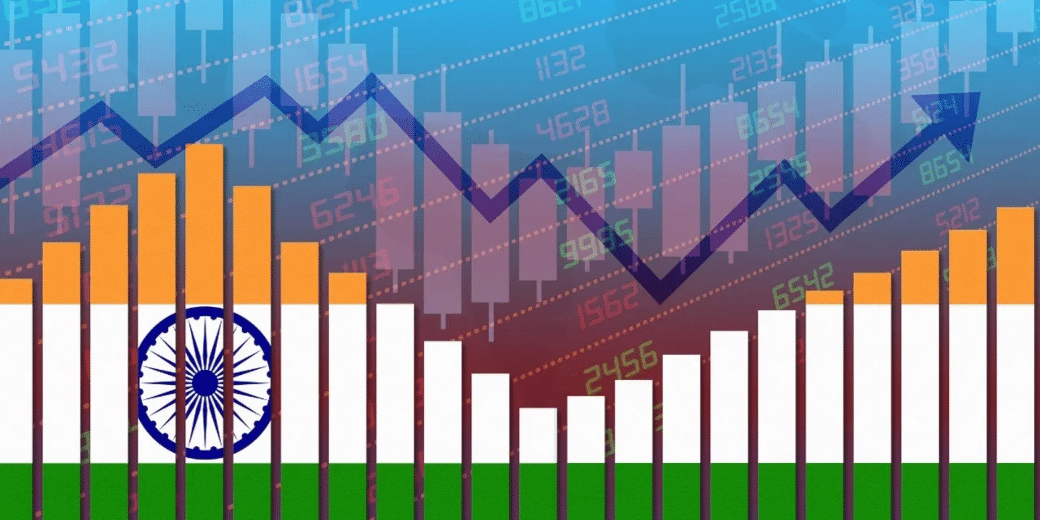Morgan Stanley forecasts India’s capex push will remain buoyant
Capex upswing currently visible in India is similar to the crest it witnessed during 2003-2007

In any economy, the significance of capital expenditure can hardly be overestimated and global investment bank Morgan Stanley thinks that as India hits the growth pedal, its capital expenditure will remain healthy, triggered both by expenditure from the public exchequer and by private companies. In fact, in a report the US-based MNC has stated that the capex upswing currently visible in India is similar to the crest it witnessed during 2003-2007, when the GDP of the country clocked a blistering average annual rate of 8.6%.
“The public capex-led nature of the present cycle in India plays an even more important role for the sustainability of the overall capex cycle,” researchers at Morgan Stanley pointed out.
India’s gross fixed capital formation to GDP or investment ratio could rise to 36% of GDP by FY27, said Morgan Stanley. The ratio is expected to be 34% in the current financial year.
North Block thinks the GDP of the country could grow by 7.6% this year. In Q1, Q2 and Q3, the economy registered an average growth rate of above 8%. Investment has grown in double digits in Q2 and Q3.
After the interim budget was placed, it was calculated that the Centre’s capex is expected to rise to 3.4% of GDP in the next financial year. In the current fiscal, it is expected to be at 3.1% of the GDP.
The investment ratio increased by 12 percentage points to 39% in 2007-08 but the pandemic dragged it down to 28%.
Morgan Stanley also said that investment is likely to outperform consumption as witnessed in the period between 2003 and 2007. They also noted that other characteristics resembling the 2003-07 period are urban demand leading rural demand, rising role in global exports and macroeconomic stability. The investment bank said that both private investment and rural demand were displaying signals of revival.
“We are now seeing signs that the rural household balance sheet is on the mend and we expect further improvements, which bodes well for rural consumption,” the researchers noted. Interestingly, in a recent report, SBI Research stated that thanks to improved infrastructure, some of the rural demand is getting subsumed in urban consumption, since many rural folk now travel to urban and semi-urban markets to buy items that get recorded as urban consumption.
Morgan Stanley used rising corporate bottom lines both as a marker and driver of recovery in investments. It also noted that the diversification of supply chain that is taking place in the world could help the country gain a bigger share of global exports.
Sounding a word of caution, Morgan Stanley said that logistics and labour conditions need to get rid of constraints quickly. Else, they could decelerate the pace of growth of India in the next one-and-a-half to two years. The investment bank also said that India GDP could rise by a rate of 6.5% in the coming decade.